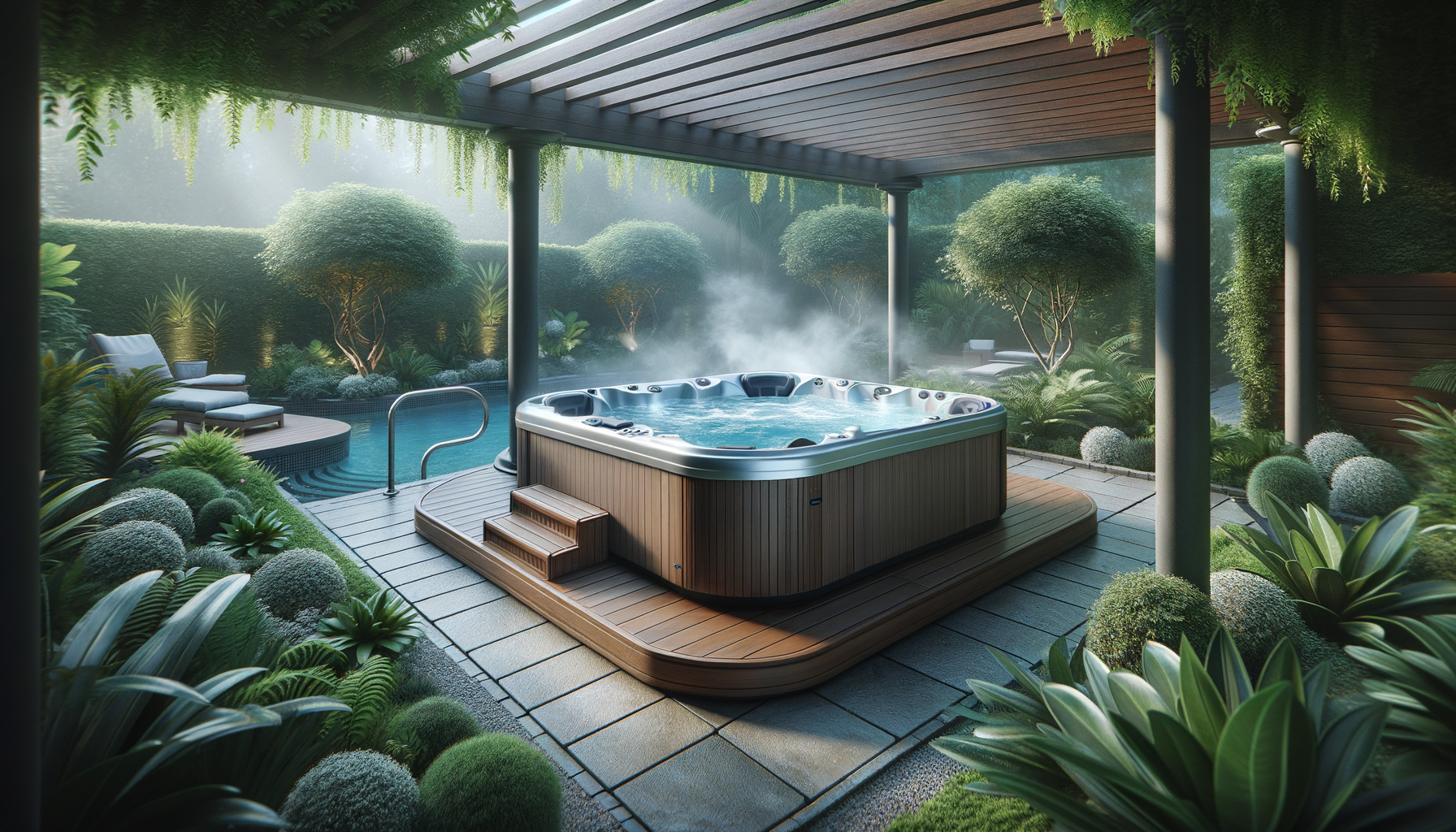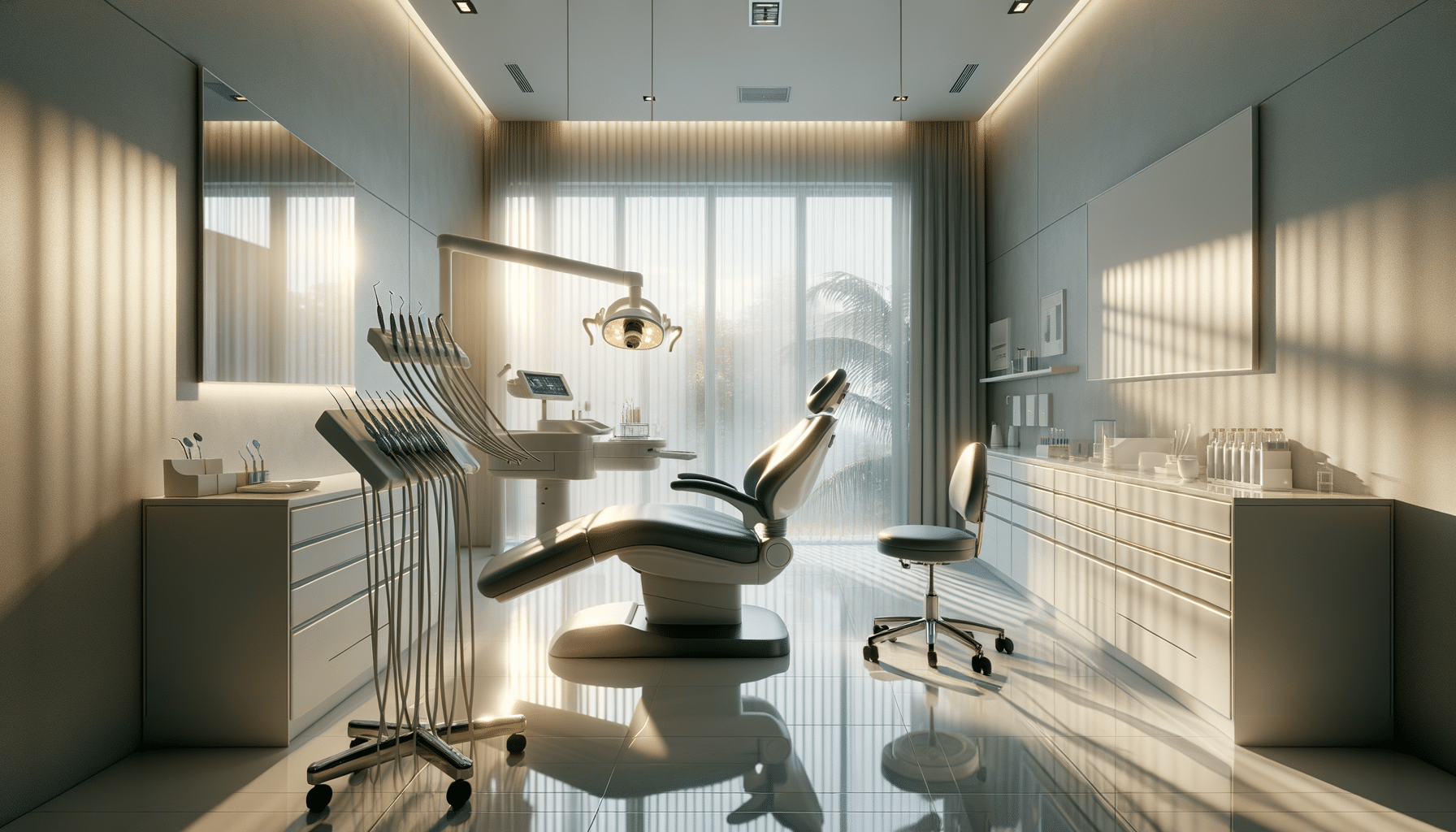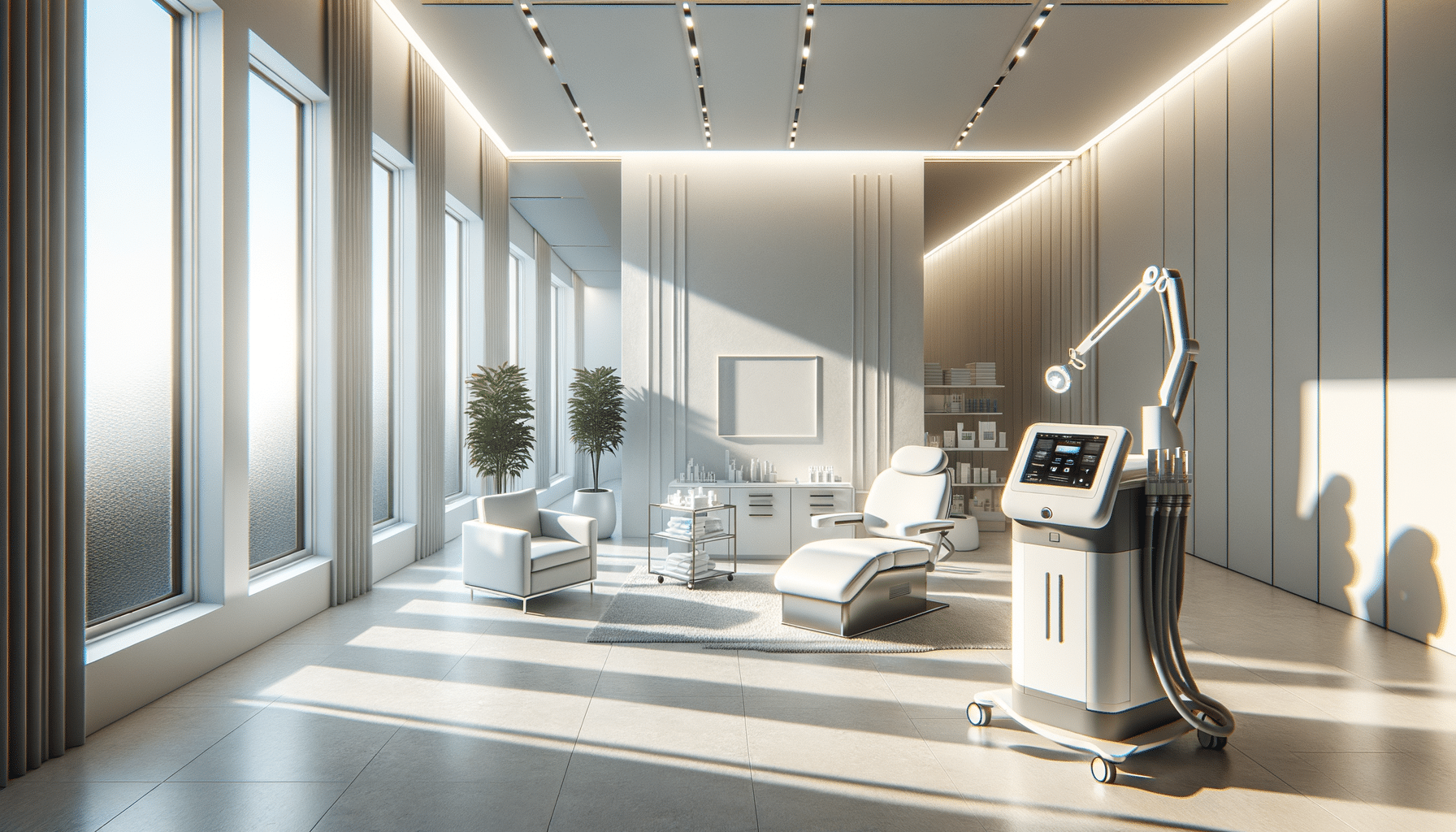
What to Know About Hot Tubs
Understanding the Basics of Hot Tubs
Hot tubs, often seen as a symbol of luxury and relaxation, offer a unique blend of comfort and wellness benefits. At their core, hot tubs are designed to provide therapeutic relief through warm water immersion and jet massage systems. These features make hot tubs an appealing addition to any home, offering a personal oasis for unwinding after a long day.
Typically, hot tubs are made from materials like acrylic, vinyl, or rotomolded plastic, each offering different benefits in terms of durability and maintenance. Acrylic hot tubs, for instance, are renowned for their luxurious finish and long-lasting quality, while rotomolded options are often more budget-friendly and lightweight.
Hot tubs come in various sizes and shapes, ranging from compact two-person models to larger units that can accommodate up to ten people. This variety allows homeowners to choose a hot tub that fits their space and usage needs. Whether you have a sprawling backyard or a cozy patio, there’s likely a hot tub design that can meet your requirements.
One of the key components of a hot tub is its jet system. These jets are strategically placed to target specific muscle groups, providing relief from tension and stress. The number and configuration of jets can vary significantly between models, so it’s important to consider your personal preferences and therapeutic needs when selecting a hot tub.
Health Benefits of Hot Tubs
Hot tubs are more than just a luxury item; they offer a range of health benefits that can enhance your overall well-being. The warm water and buoyancy provide a soothing environment that can help alleviate muscle pain and stiffness. This makes hot tubs particularly beneficial for individuals with conditions such as arthritis or chronic back pain.
The heat from the hot tub helps to increase circulation, which can promote healing and reduce inflammation. Additionally, the buoyancy of the water reduces the weight on joints, providing a low-impact environment for exercise and stretching. This is especially advantageous for those recovering from injuries or looking to improve flexibility without the strain of traditional workouts.
Hydrotherapy, the therapeutic use of water, is a key benefit of hot tubs. The combination of heat, buoyancy, and massage can help reduce stress and improve sleep quality. The relaxation induced by a hot tub session can lower cortisol levels, a hormone associated with stress, leading to a more restful night’s sleep.
Moreover, regular use of a hot tub can have cardiovascular benefits. The warm water causes blood vessels to dilate, improving circulation and potentially lowering blood pressure. This can contribute to better heart health over time, making hot tubs a valuable addition to a healthy lifestyle.
Energy Efficiency and Environmental Considerations
When selecting a hot tub, energy efficiency is an important factor to consider. Modern hot tubs are designed with energy-saving features that can help reduce operating costs and environmental impact. Look for models with high-quality insulation, which helps retain heat and minimize energy consumption.
Many hot tubs now come equipped with energy-efficient pumps and heaters. These components are designed to operate at lower energy levels while maintaining optimal performance. Some models also offer programmable settings, allowing you to schedule heating cycles to coincide with off-peak electricity rates.
Solar-powered hot tubs are another option for those looking to minimize their carbon footprint. These systems use solar panels to harness natural energy, reducing reliance on traditional power sources. While the initial investment may be higher, the long-term savings and environmental benefits can be substantial.
Water conservation is another consideration for environmentally conscious hot tub owners. Regular maintenance, such as checking for leaks and using a cover to reduce evaporation, can help conserve water. Additionally, some models feature advanced filtration systems that extend the time between water changes, further reducing water usage.
Maintenance and Care Tips for Longevity
Proper maintenance is crucial for ensuring the longevity and performance of your hot tub. Regular cleaning and upkeep can prevent common issues and extend the life of your investment. Start by establishing a routine for checking and balancing the water chemistry. Maintaining the correct pH and sanitizer levels is essential for preventing bacteria growth and keeping the water safe for use.
Filters play a critical role in keeping a hot tub clean. They should be cleaned regularly and replaced as needed to ensure optimal performance. Depending on usage, filters may need to be cleaned every 1-2 weeks and replaced every 1-2 years. Following the manufacturer’s guidelines for filter maintenance can help avoid costly repairs down the line.
Draining and refilling the hot tub periodically is another important maintenance task. This process helps remove accumulated contaminants and refreshes the water. The frequency of water changes depends on usage and the type of sanitizing system in place. As a general rule, aim to change the water every 3-4 months.
Covering the hot tub when not in use is a simple yet effective way to protect it from debris and reduce heat loss. A high-quality cover can also enhance safety by preventing accidental falls into the tub. Regularly inspect the cover for signs of wear and replace it as needed to maintain its protective qualities.
Choosing the Right Hot Tub for Your Needs
Selecting the right hot tub involves considering a variety of factors, from size and features to budget and installation requirements. Begin by assessing the available space in your home or yard. Measure the area where you plan to install the hot tub, ensuring there is adequate room for access and maintenance.
Next, consider the features that are most important to you. Do you prioritize a high number of jets for therapeutic purposes, or is energy efficiency your main concern? Make a list of must-have features and use it to guide your search. Keep in mind that additional features may increase the cost, so it’s important to balance your desires with your budget.
Installation requirements are another key consideration. Some hot tubs require professional installation, while others are more DIY-friendly. Ensure that your chosen model is compatible with your home’s electrical system and that you have a suitable foundation for placement.
Finally, consider the ongoing costs associated with owning a hot tub. In addition to the initial purchase price, factor in expenses for maintenance, energy consumption, and potential repairs. By carefully evaluating these aspects, you can choose a hot tub that aligns with your lifestyle and provides years of enjoyment.


